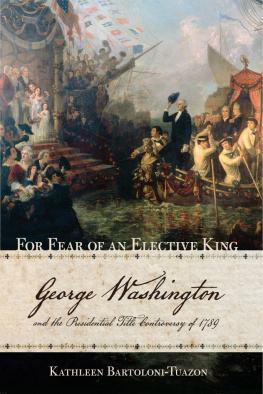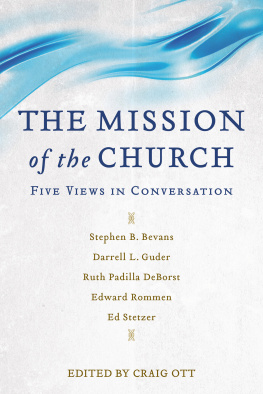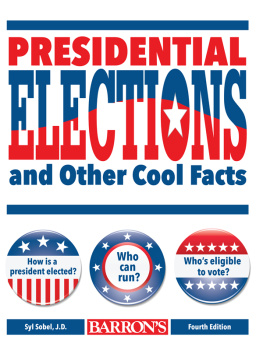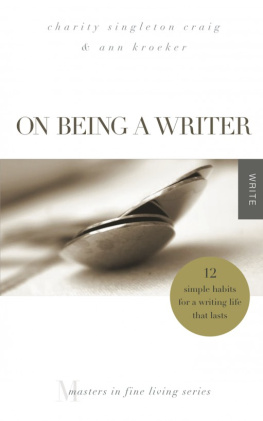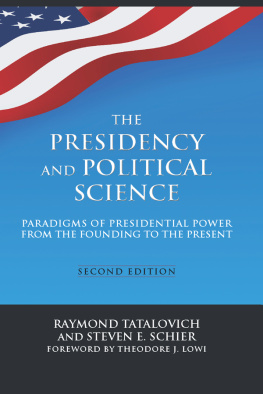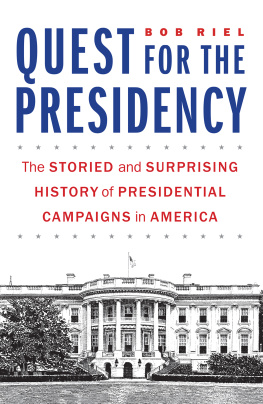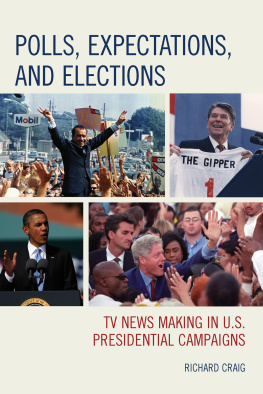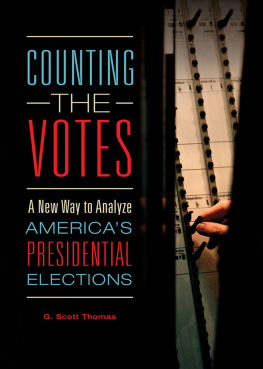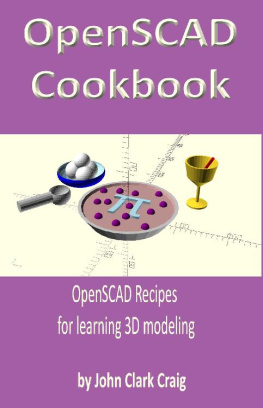Craig Fehrman - The Best Presidential Writing: From 1789 to the Present
Here you can read online Craig Fehrman - The Best Presidential Writing: From 1789 to the Present full text of the book (entire story) in english for free. Download pdf and epub, get meaning, cover and reviews about this ebook. year: 2020, publisher: Avid Reader Press / Simon & Schuster, genre: Politics. Description of the work, (preface) as well as reviews are available. Best literature library LitArk.com created for fans of good reading and offers a wide selection of genres:
Romance novel
Science fiction
Adventure
Detective
Science
History
Home and family
Prose
Art
Politics
Computer
Non-fiction
Religion
Business
Children
Humor
Choose a favorite category and find really read worthwhile books. Enjoy immersion in the world of imagination, feel the emotions of the characters or learn something new for yourself, make an fascinating discovery.

- Book:The Best Presidential Writing: From 1789 to the Present
- Author:
- Publisher:Avid Reader Press / Simon & Schuster
- Genre:
- Year:2020
- Rating:3 / 5
- Favourites:Add to favourites
- Your mark:
- 60
- 1
- 2
- 3
- 4
- 5
The Best Presidential Writing: From 1789 to the Present: summary, description and annotation
We offer to read an annotation, description, summary or preface (depends on what the author of the book "The Best Presidential Writing: From 1789 to the Present" wrote himself). If you haven't found the necessary information about the book — write in the comments, we will try to find it.
Craig Fehrman: author's other books
Who wrote The Best Presidential Writing: From 1789 to the Present? Find out the surname, the name of the author of the book and a list of all author's works by series.
The Best Presidential Writing: From 1789 to the Present — read online for free the complete book (whole text) full work
Below is the text of the book, divided by pages. System saving the place of the last page read, allows you to conveniently read the book "The Best Presidential Writing: From 1789 to the Present" online for free, without having to search again every time where you left off. Put a bookmark, and you can go to the page where you finished reading at any time.
Font size:
Interval:
Bookmark:
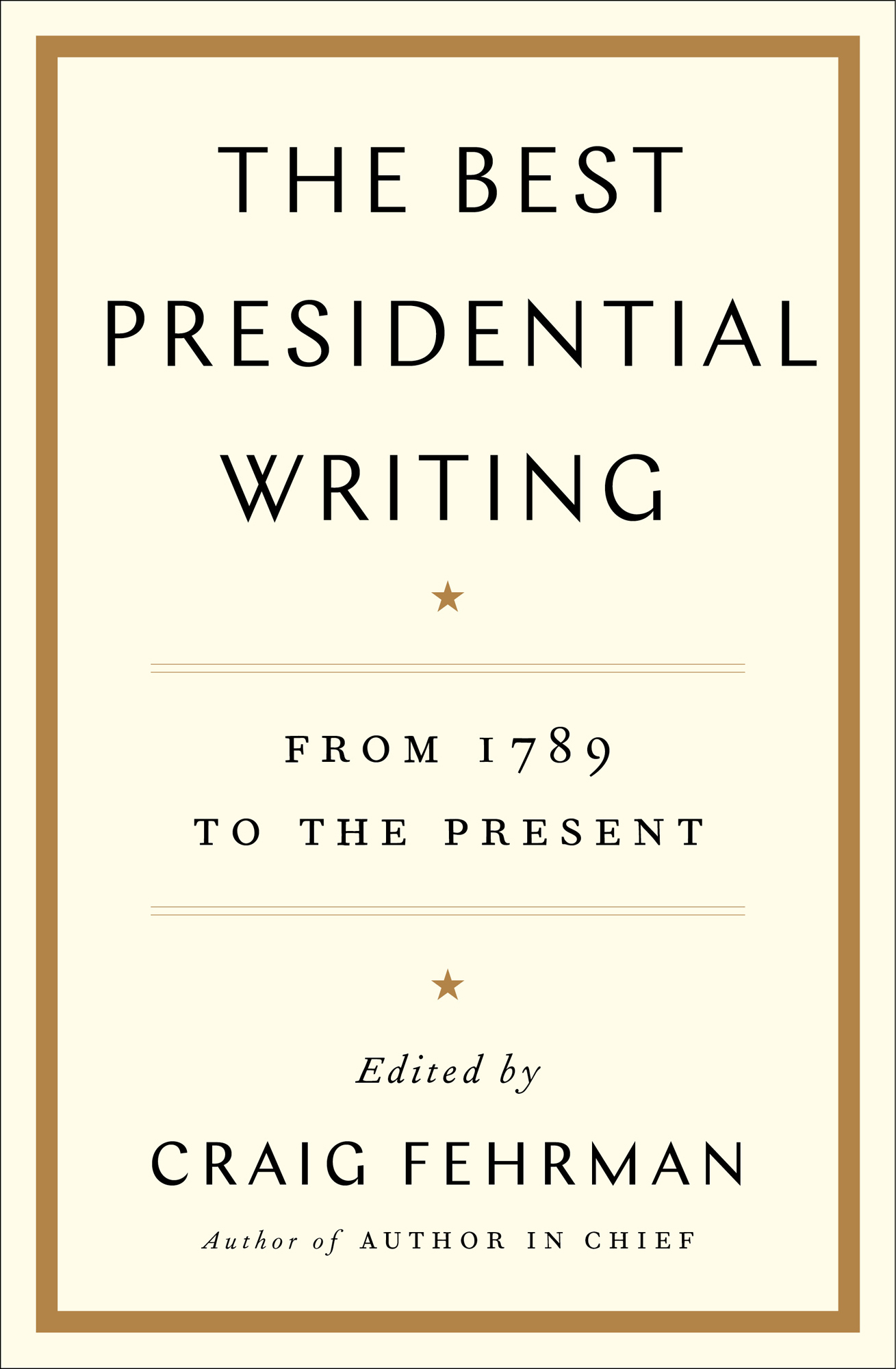

ALSO BY CRAIG FEHRMAN
Author in Chief
A VID R EADER P RESS
An Imprint of Simon & Schuster, Inc.
1230 Avenue of the Americas
New York, NY 10020
www.SimonandSchuster.com
Copyright 2020 by Craig Fehrman
All rights reserved, including the right to reproduce this book or portions thereof in any form whatsoever. For information, address Avid Reader Press Subsidiary Rights Department, 1230 Avenue of the Americas, New York, NY 10020.
First Avid Reader Press hardcover edition October 2020
AVID READER PRESS and colophon are trademarks of Simon & Schuster, Inc.
For information about special discounts for bulk purchases, please contact Simon & Schuster Special Sales at 1-866-506-1949 or .
The Simon & Schuster Speakers Bureau can bring authors to your live event. For more information or to book an event, contact the Simon & Schuster Speakers Bureau at 1-866-248-3049 or visit our website at www.simonspeakers.com.
Interior design by Kyle Kabel
Jacket design by Alison Forner
Author photograph Katy Lengacher
Library of Congress Cataloging-in-Publication Data has been applied for.
ISBN 978-1-4767-8853-1
ISBN 978-1-4767-8858-6 (ebook)
I n 1906, a young soldier named Douglas MacArthur received some thrilling news: hed been chosen to serve as an assistant to the president, Theodore Roosevelt. The job turned out to be rather boring, with MacArthur mostly helping at White House dinners and enduring the hectoring of self-important congressmen. Still, the settingand the bossmade up for it. MacArthur marveled at Roosevelts intelligence, his energy, his certainty. A few times, in quiet moments, they talked about foreign policy, but one day MacArthur raised a domestic concern. What, the soldier asked, explained Roosevelts political success? To Roosevelt, the answer was simple: the people loved him, he said, because he put into words what is in their hearts and minds but not their mouths.
This skillof identifying and focusing on the right problems, of describing their significance and arguing for the right solutions, of writing and writing wellhas always been essential to the presidency. In essays and addresses, Roosevelt coined phrases that still mark his era more than a century later: the strenuous life, the square deal, the muckrakers of the press and their opposite, the man in the arena. Most presidents have tried to do this, though not always with Roosevelts success. The presidency is a position won through words, defined through words, and carried out through words. Americas chief executives have talked and written their way into the White House; once there, theyve explained not just their policies but their own role as president, often expanding that roles powers along the way; after they depart, they usually reflect on the experience, defending their choices and sharing what it felt like to lead.
This anthology, for the first time, collects the best and most important examples of each of these kinds of writing: campaign, presidential, and postpresidential. It contains the story of America, told by the presidents themselves.
That story, like most stories from history, is one of continuity and change. Certain themes emerge, with even the most famous speeches finding new meanings or fresh connectionsso that George Washingtons Farewell Address leads to Ulysses S. Grants defense of the Fifteenth Amendment, which leads to Lyndon B. Johnsons call to pass a Voting Rights Act that would make this amendment actually mean something, which leads to Barack Obamas address, fifty years on, that shows how the amendment has been weakened once again.
One theme that spans this anthology is how presidents campaign. During the eighteenth century, and for long stretches of the nineteenth, candidates did not go out and stump. In keeping quiet they followed Washingtons example, proving their fitness for the office by proving their lack of interest in it. This changed, of course, but slowly, with candidates getting involved through campaign biographies and published letters, then front-porch speeches and bestselling books. Technology was changing, too, with new forms supplementing (if never quite replacing) old ones: from newspapers to widely affordable books, from the telegraph and the locomotive to newsreels and radio, television and Twitter. Each form encouraged its own style of writing, but they all seemed to benefit from the same basic material: a charming backstory, a big idea, a clever bit of symbolism linking the two. Seeing candidates sell their ideas, and seeing them sell themselves, reveals much about America and its desires.
Another theme is how presidents govern. The Constitutionitself a piece of writingprovides few details about the presidency and its powers. It has fallen to the presidents themselves to describe their job and then to do it. They have pursued both steps aggressively through writingthrough the bully pulpit, to use another of Roosevelts phrases.
One can see this expansion of executive power in the State of the Union address, which has grown from a written progress report to a detailed and executive-driven platform, delivered in prime time with a STATE OF THE UNION chyron flashing underneath. (While that name didnt stick until the twentieth century, this anthology calls all annual addresses State of the Unions; for more on such modernizing, see the Note on Texts, Sources, and Permissions on page 461.) One can see this expansion in impromptu remarks, in prepared statements, in inaugural addresses or addresses that mourn a tragedy or dedicate a place. Every speech or statement is an opportunity to demonstrate and enact executive power. There have been periods of our history, Woodrow Wilson once wrote, when presidential messages were utterly without practical significance, perfunctory documents which few persons except the editors of newspapers took the trouble to read. This changed because of presidential writing, and presidential writing changed because of this.
One can also see this expansion in the content of presidential writingin the evolution of foreign policy, to choose another prominent theme. While the Constitution does dwell on the role of commander in chief, that role has shifted as America has shifted, from a provincial nation with no standing army to a postatomic superpower. Americas foreign policy has shifted as well, moving from the isolationism of Washingtons Farewell Address to the durability of the Monroe Doctrine and then the violent revisions of the twentieth century: World War I, World War II, the Cold War. These shifts occurred on the battlefield, but they occurred in the bully pulpit, too.
Another theme is how presidents view history. Americas politicians have long specialized in using history to justify their decisions or to push new policies. (Grant invoked Washington in his statement on the Fifteenth Amendment because Grant wanted to tie it to, in his phrase, the Father of his country.) Presidents have analyzed the writing of their predecessors, theorizing about what makes an effective address. They have tried to write history themselves, privately in diaries and unpublished manuscripts and publicly in presidential memoirs. Here especially one can feel the human side of the presidency, though it exists in each kind of writing. In this anthology, presidents open up about a key battle in the Revolutionary War, about the assassination of other presidents, about the bombing of Pearl Harbor. Taken together, these excerpts show how autobiography has changed across the centuriesand just as much how the self has changed, the
Font size:
Interval:
Bookmark:
Similar books «The Best Presidential Writing: From 1789 to the Present»
Look at similar books to The Best Presidential Writing: From 1789 to the Present. We have selected literature similar in name and meaning in the hope of providing readers with more options to find new, interesting, not yet read works.
Discussion, reviews of the book The Best Presidential Writing: From 1789 to the Present and just readers' own opinions. Leave your comments, write what you think about the work, its meaning or the main characters. Specify what exactly you liked and what you didn't like, and why you think so.


